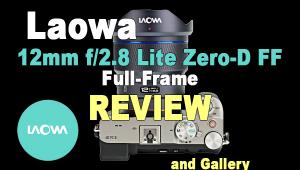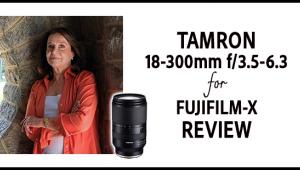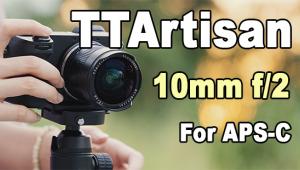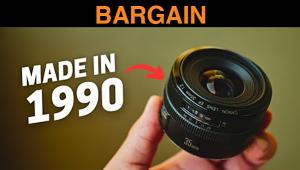5 Essential Lenses that Let Me Lighten My Load: Why Less Is More When It Comes to Your Glass

The decisive moment had decisively passed and I missed another great shot. While framing and reframing my zoom lens the scene changed, the sun slid behind a cloud, and people in the shot moved. I finally realized I was missing shots because I had too much gear.
I was going on assignments with a huge bag full of dozen of lenses, camera bodies, spare batteries and portable flashes and it was slowing me down and becoming hazardous to my health. So I sat down, had a good heart-to-heart conversation with my gear self, and decided to cut my load and go with the five lenses that I most use. And just like folks in weight loss testimonials, I am here to say that today I feel great and I’ve discovered that in my work “less is more.”
I began by considering six broad categories of lenses: 1) Ultra-wide lenses from 10mm-20mm; 2) Wide-angle lenses from 24-35mm; 3) “Normal lenses” from 40-50mm; 4) Moderate telephotos from 85-135mm; 5) Long telephotos from 200-400mm; and 6) Special lenses like macros, fisheyes, perspective control lenses, and super long telephotos lenses 400mm and up.
Note: The focal lengths discussed in this article are described in 35mm equivalents. To determine what they represent with other sensor sizes, check out this helpful chart of equivalent focal lengths from B&H Photo/Video.
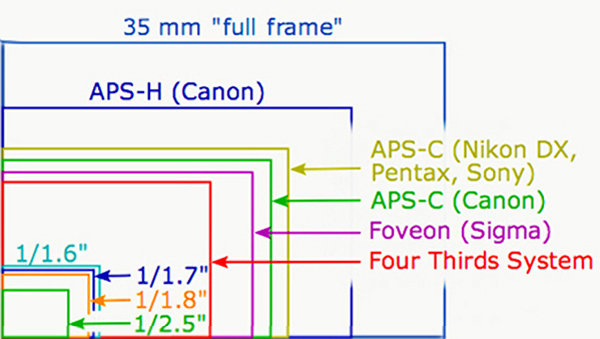
Zoomin’ About
While I thought about trimming my lens selection down to only a couple of zooms, I’m usually more comfortable working with primes. Fixed-focal-length lenses force me to visualize and frame images in my mind than rather on an LCD screen or in a viewfinder. With zooms I have a tendency to frame, reframe and tweak the image. As a result, sometimes I miss the right moment and other times I lose my original vision.
With a prime lens I can get the shot I have in mind and later, if necessary, make crops while editing. Primes are generally faster than zooms, making them preferable for low-light situations. I’ve also noticed that zoom lenses have a funny effect on photographers and how they shoot; zooms seem to immobilize them. While their hands are furiously zooming their lenses. their feet seemed glued to the ground.
As the iconic Ernst Hass once said, “The most important lens you have is your legs.”
The Ultra-Wide 20mm
With all this in mind I began to make selections. My first pick was a 20mm lens from the ultra-wide category. I shoot a lot of home and office interiors, and with a 100-degree field-of-view the 20mm is essential. A bonus is that with a 20mm lens I can also capture expansive, magnificent landscapes. Perhaps this is because this lens closely matches what we see with our eyes when you consider our peripheral vision. The human eye has a focal length of 17-22mm and a field-of-view of about 100 degrees.
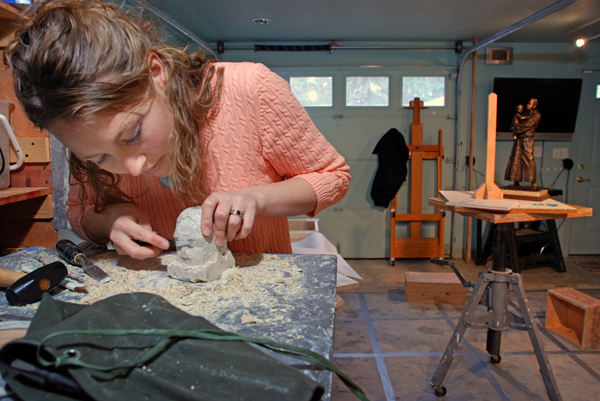
Because ultra-wide lenses provide incredible depth-of-field, they produce images with great overall sharpness. These details are what gives scale to an image and a sense of vastness to prints, especially big prints. I love making large landscape prints and without these small details even beautiful mountains end up resembling pleasantly colored lumps of earth.
Details are so important for scale that I rarely post a landscape image on the web. Viewing a spectacular scenic image on a tiny iPhone or iPad reduce details to those of a postcard snapshot.
The Distortion Free 28mm
Unfortunately, ultra-wide lenses like the 20mm do suffer from barrel distortion, causing near objects to look far larger than distant ones. This is an unnatural perspective that doesn’t work for all subjects or scenes. So my second choice for an essential lens came from the next category of wide angle lenses and I chose a 28mm. This lens still covers a large field-of-view (74 degrees) but displays much less distortion.
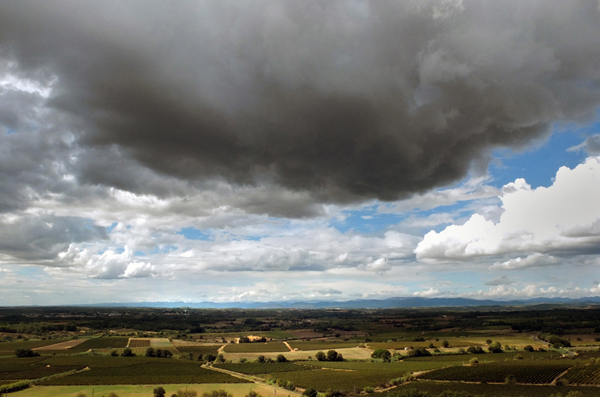
The 28mm is wide enough for a lot of indoor photography and it is also my personal favorite for street shooting and public event coverage. It allows me to work in the middle of the action and document people and the spaces around them.
My 35mm “Normal" Lens
I rarely use a 50mm “normal” lens, so my third choice is another wide-angle lens; a fast 35mm f/1.8. The idea of a “normal” lens comes in part from the way our vision works. Within the large raw data of peripheral field-of-vision, our brains focus on a smaller area called the “cone of visual attention.” This area has a field-of-view of about 55 degrees or the equivalent of about a 43mm lens.
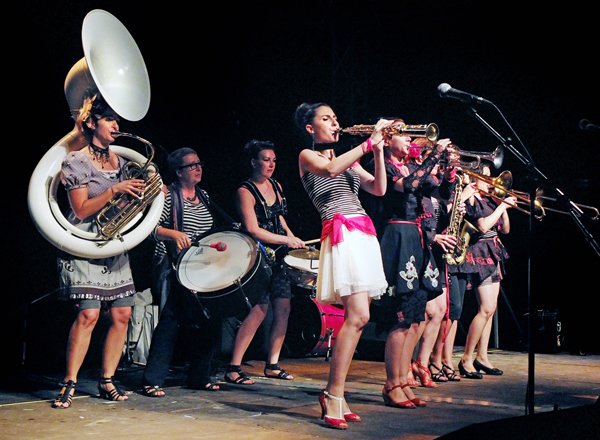
The perspective of things within this cone of attention is what we’ve come to think of as the “normal” perspective of the everyday world. Both a 35mm lens with a 62 degree field-of-view and a 50mm lens with a 46 degree field-of-view are a close match to the cone of attention. Given a choice, I prefer the 35mm.
The Versatile 105mm Macro
For portraiture, especially when shooting tight, full-face photos, I rely on moderate telephoto lenses. These lenses flatten perspective so that near objects don’t appear much larger than more distant ones. This slight flattening puts noses, eyes and ears in proper proportion to one another. Here I stepped outside the category of moderate telephotos and selected a specialty lens—a 105mm macro.

The 105mm macro works well for portraits and is an absolute necessity for my close-up work. Photographing jewelry with a 105mm macro lets me fill the frame with something as small as a single earring. It also gives me twice the working distance of a more standard 60mm macro lens. This extra distance between lens and subject is critical when using supplemental lighting.
The greater working distance helps outdoors too by reducing the chance of the camera casting shadows on a subject. At wider apertures the 105mm lens has a shallow depth-of-field, enabling me to isolate a bee or a flower from its background.
The Versatile 100-400mm Zoom
When it comes to long telephotos I broke down and chose a 120-400mm zoom. Like I said earlier, I generally refer prime lenses. However, since my assignments rarely require long lenses I chose the 100-400mm zoom because of the versatility it offers.
It’s not as fast as the long, high-speed prime telephoto lenses, but it’s considerably less bulky. And when faced with covering a concert or press conference this long zoom comes in very handy.

The five lenses mentioned above are my personal choices based upon my experience and the work I am asked to do. Other photographers may have different choices, but what’s important is thinking about which lenses best relate to your specific style of photography. In my case this not only helped lighten my camera bag but it got me back to seeing pictures through my mind’s eye.
